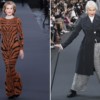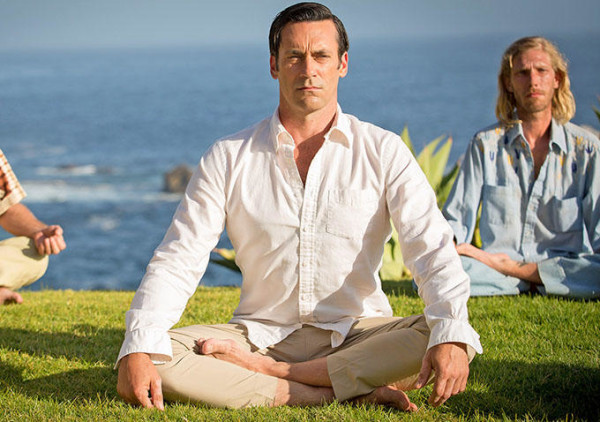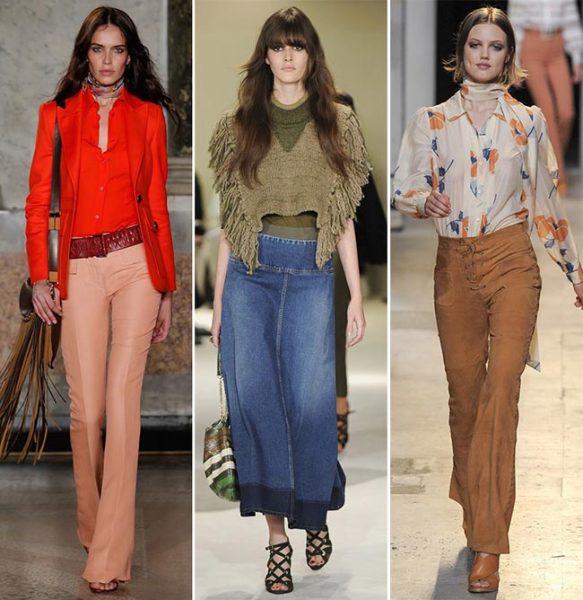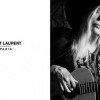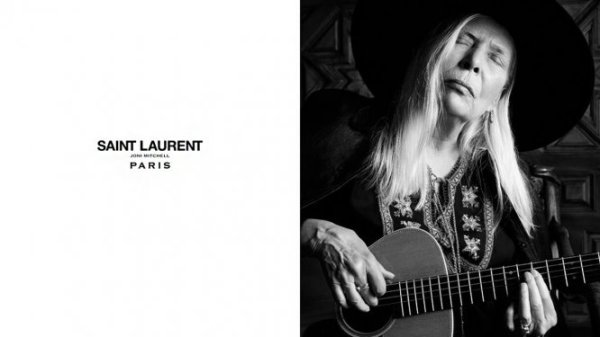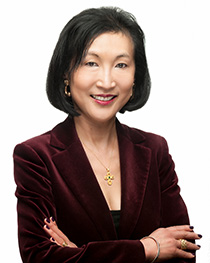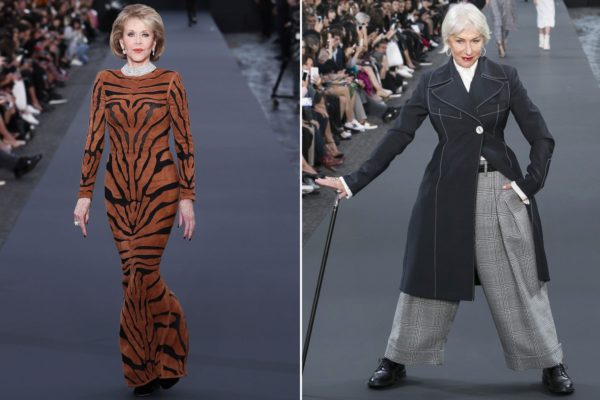
Photo Credit: people.com
About two-and-a-half years ago, I have posted an article on this blog lauding two luxury brands featuring older models – Joni Mitchell for Yves Saint Laurent and Joan Didion for Celine. The excitement about the then 71-year-old Mitchell and 80-year-old Didion emerging as the newest fashion faces generated a lot of buzz and attention in the media. I questioned at that time whether it was really a marketing campaign acknowledging diversification or just a promotional gimmick. It looks like the fashion and beauty industries are really waking up and embracing mature women and models.
Nobody made bigger news recently than iconic actresses Jane Fonda and Helen Mirren making their debut appearances on the fashion runway for LOreal during the Paris Fashion Week this year. The 79-year-old Fonda and 72-year-old Mirren have been trailblazers all their lives, and now they are brand ambassadors for a leading beauty and cosmetics brand. Fonda has always been comfortable in her own skin in spite of her age. In 2016, she told the Daily Mail that after she turned 60, she began to understand who she was and she became young again. She said she is feeling pretty good about life now that she is in sight of her 80th birthday. She repeated the same observations in a recent TV interview with Megyn Kelly on NBC.
These septuagenarian brand ambassadors are not the only ones walking the runway with the hottest young models such as Gigi Hadid. Last month,it was announced that Maye Musk, 69, was the new face of CoverGirl, making her one of the oldest ambassadors for the brand. Having been modelling since she was 15, Musk is, of course, no stranger to the world of beauty and fashion. What is noticeable is her continued success, as she ages, as a brand ambassador in an industry which has traditionally been perceived as skin-deep superficial. In an interview with Vogue last year, Musk said: I hope my success gives other women hope that they can look good and feel good when they are past 60. I was on a shoot yesterday, and the young models were so excited to see me because they say it gives them hope, too, that they can carry on.
The accomplishments of Musk are, of course, beyond the fashion runway and photo shoots. She is the mother of three successful adult children including Elon Musk, Founder, CEO and CTO of SpaceX and co-founder and CEO of Tesla Inc. This Regina-born grandmother, with 10 grandkids and also a successful business as a dietitian, perfectly exemplifies brains and timeless beauty.
The list of mature models does not stop here. Versace also featured former supermodels of the 1990s – Cindy Crawford, Naomi Campbell, Helena Christensen, Claudia Schiffer and Carla Bruni – in its latest runway show. These mature women walked the runway alongside the new guard, including the daughter of Crawford, Kaia Gerber, and the current reigning supermodels Gigi and Bella Hadid.
Even Zara, the Spanish fast-fashion brand popular among young women around the world, is using three veteran models over 40 to showcase its new Timeless Fall and Winter Collection. In marketing campaign materials and on its website, the three beautiful women – Malgosia Bela (40), Yasmin Warsame (41) and Kristina de Connick (53) – discuss the effect of aging on their personal style. The ladies have collectively walked for Dior, Valentino, Givenchy and Dries van Noten.
Gucci, Dolce and Gabbana, and Loewe have also followed suit in recent years, hiring older Hollywood stars, such as Vanessa Redgrave, Sophia Loren and Charlotte Rampling, as brand ambassadors. Age diversity seems to be increasingly in vogue now on fashion runways for the past few seasons: Amber Valleta walked the runway for Tom Ford; Stella Tennant for Ralph Lauren; and Carolyn Murphy for Michael Kors.
Perhaps everything old is really new again! As I have said before on this blog, the fashion and beauty industries are finally realizing that the consumers buying their products are no longer just spring chickens, but mature women with more disposable income. Let us hope that this awakening to the aging reality is not simply a fad and mature women and men will no longer become invisible as they age.

